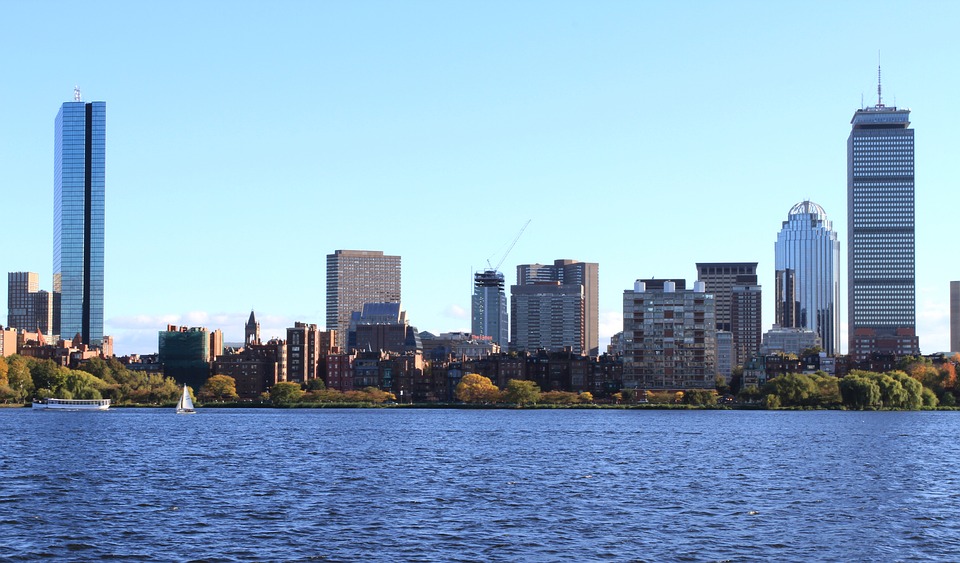Community
MA and RI get high rankings in disaster preparedness

According to Trust For America’s new health report, Massachusetts and Rhode Island ranked highest in public health preparedness.
In Ready or Not? Protecting the Public’s Health from Diseases, Disasters and Bioterrorism, 25 states scored a 5 or lower on 10 key indicators of public health preparedness. Alaska scored lowest at 2 out of 10, and Massachusetts and Rhode Island scored the highest at 9 out of 10.
The report found the country does not invest enough to maintain strong, basic core capabilities for health security readiness and, instead, is in a continued state of inefficiently reacting with federal emergency supplemental funding packages each time a disaster strikes.
Massachusetts and Rhode Island, however, are more prepared then any other state in the country according to the report.
According to Ready or Not?, funding to support the base level of preparedness has been cut by more than half since 2002, which has eroded advancements and reduced the country’s capabilities.
“While we’ve seen great public health preparedness advances, often at the state and community level, progress is continually stilted, halted and uneven,” said John Auerbach, president and CEO of TFAH. “As a nation, we—year after year—fail to fully support public health and preparedness. If we don’t improve our baseline funding and capabilities, we’ll continue to be caught completely off-guard when hurricanes, wildfires and infectious disease outbreaks hit.”
Ready or Not? featured six expert commentaries from public health officials who share perspectives on and experiences from the historic hurricanes, wildfires and other events of 2017, including from California, Florida, Louisiana and Texas.
The report also provides a series of recommendations that address many of the major gaps in emergency health preparedness, including:
- Communities should maintain a key set of foundational capabilities and focus on performance outcomes in exchange for increased flexibility and reduced bureaucracy.
- Ensuring stable, sufficient health emergency preparedness funding to maintain a standing set of core capabilities so they are ready when needed. In addition, a complementary Public Health Emergency Fund is needed to provide immediate surge funding for specific action for major emerging threats.
- Strengthening and maintaining consistent support for global health security as an effective strategy for preventing and controlling health crises. Germs know no borders.
- Innovating and modernizing infrastructure needs – including a more focused investment strategy to support science and technology upgrades that leverage recent breakthroughs and hold the promise of transforming the nation’s ability to promptly detect and contain disease outbreaks and respond to other health emergencies.
- Recruiting and training a next generation public health workforce with expert scientific abilities to harness and use technological advances along with critical thinking and management skills to serve as Chief Health Strategist for a community.
- Reconsidering health system preparedness for new threats and mass outbreaks. Develop stronger coalitions and partnerships among providers, hospitals and healthcare facilities, insurance providers, pharmaceutical and health equipment businesses, emergency management and public health agencies.
- Preventing the negative health consequences of climate change and weather-related threats. It is essential to build the capacity to anticipate, plan for and respond to climate-related events.
- Prioritizing efforts to address one of the most serious threats to human health by expanding efforts to stop superbugs and antibiotic resistance.
- Improving rates of vaccinations for children and adults – which are one of the most effective public health tools against many infectious diseases.
- Supporting a culture of resilience so all communities are better prepared to cope with and recover from emergencies, particularly focusing on those who are most vulnerable. Sometimes the aftermath of an emergency situation may be more harmful than the initial event. This must also include support for local organizations and small businesses to prepare for and to respond to emergencies.
Here are the scores for all 50 states:
9 out of 10: Massachusetts and Rhode Island
8 out of 10: Delaware, North Carolina and Virginia
7 out of 10: Arizona, Colorado, Connecticut, Hawaii, Minnesota, New York, Oregon and Washington
6 out of 10: California, District of Columbia, Florida, Illinois, Maryland, Nebraska, New Jersey, North Dakota, South Carolina, South Dakota, Utah, Vermont and West Virginia
5 out of 10: Georgia, Idaho, Maine, Mississippi, Montana and Tennessee
4 out of 10: Alabama, Arkansas, Iowa, Louisiana, Missouri, New Hampshire, Oklahoma and Pennsylvania
3 out of 10: Indiana, Kansas, Kentucky, Michigan, Nevada, New Mexico, Ohio, Texas, Wisconsin and Wyoming
2 out of 10: Alaska
The report was supported by a grant from the Robert Wood Johnson Foundation (RWJF) and is available on TFAH’s website at www.healthyamericans.org.





You must be logged in to post a comment Login